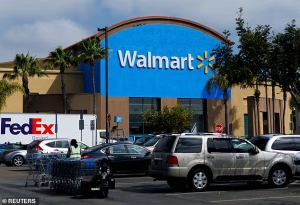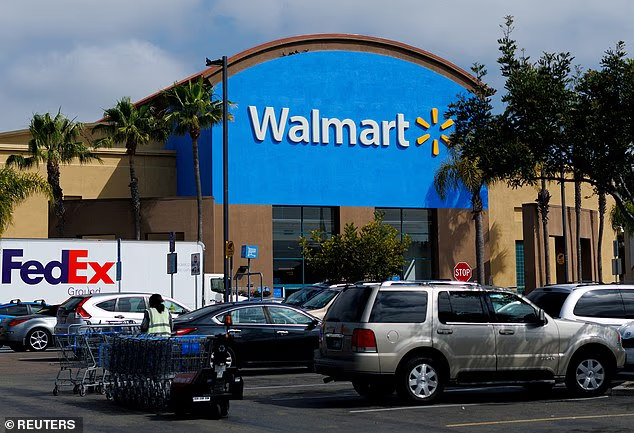If you’ve been following recent political headlines, you might assume the Democrats are on track for a sweeping victory in the 2026 midterm elections. After all, the party has had a string of controversies and divisions within the opposing camp to capitalize on.
Consider the so-called “MAGA civil wars” — first sparked by foreign policy disagreements following the Iran incidents, which quickly faded as those events unfolded favorably for the Trump administration. Then came the fresh wave of turmoil centered around the Epstein files, which has since quieted amid promises from Republican leadership to prioritize transparency.
At the same time, Democrats have spotlighted legislative proposals like the “Big Beautiful Bill,” which was loudly criticized by opponents for allegedly endangering seniors due to healthcare budget cuts. Yet, despite the dramatic rhetoric predicting widespread harm, the feared consequences have yet to materialize or gain traction in public discourse.
From the outside, it might appear that the Republican side is fractured and floundering, while the Democrats are poised to seize the moment. However, beneath the surface, the political landscape suggests otherwise. Far from capitalizing on GOP turmoil, Democrats are facing unprecedented challenges in winning voter confidence.
Recent trends indicate that the Democratic Party’s standing with the electorate is alarmingly low. Despite hopes that dissatisfaction with the current administration would bolster their position, there is little evidence that the Democrats have made meaningful inroads in convincing voters they can provide a better alternative.
Republicans, while not enjoying overwhelming popularity themselves, maintain a more stable base of support than many might expect given their recent controversies and internal conflicts. This balance points to a competitive political environment, rather than a Democratic surge.
Furthermore, voter trust on key issues reveals nuanced dynamics. While many disapprove of how the current president is handling matters like inflation, tariffs, and immigration, they still tend to trust Republicans more than Democrats on these critical topics. The opposition party has struggled to present a credible critique or clear policy alternatives that resonate with the broader public.
One Democratic pollster involved in recent surveys noted the party’s struggle to re-establish credibility with everyday voters. According to him, the party’s brand is so diminished that it is losing the ability to effectively challenge the Republican agenda. The path forward requires reconnecting with working-class Americans through a compelling economic message that clearly communicates who the Democrats represent.
Adding to the complexity is the evolving composition of the American electorate. The longstanding belief that demographic shifts would naturally favor Democrats has not played out as expected. In fact, recent polling data reveals a reversal in party identification trends, with more voters now aligning as Republicans than Democrats—a shift that poses a significant strategic challenge for the left.
This change is striking given that only a few years ago, Democrats enjoyed a notable edge in party affiliation. The current landscape suggests Republicans are better positioned in terms of raw voter base, despite the often tumultuous internal debates within their ranks.
In past midterm cycles, the party out of the White House typically gains momentum. Yet, current indicators show the Democratic Party’s approval ratings trending downward—a concerning sign as they prepare to contest the next congressional elections.
And now, the poll data that has raised eyebrows and prompted serious reflection within Democratic circles: a recent survey of registered voters shows a historic low approval rating for the party. More than 60 percent of respondents hold an unfavorable view of the Democrats, marking the worst point recorded in decades of polling by this reputable source. Meanwhile, the Republicans maintain a smaller, though still negative, approval gap.
This polling snapshot paints a stark picture for the Democrats as they approach 2026. Despite the opposition’s imperfections and internal divisions, the party faces a steep climb in regaining voter trust and enthusiasm. The political landscape is more competitive than many anticipated, and the next election cycle promises to be a critical test for the Democratic Party’s future.

Emily Johnson is a critically acclaimed essayist and novelist known for her thought-provoking works centered on feminism, women’s rights, and modern relationships. Born and raised in Portland, Oregon, Emily grew up with a deep love of books, often spending her afternoons at her local library. She went on to study literature and gender studies at UCLA, where she became deeply involved in activism and began publishing essays in campus journals. Her debut essay collection, Voices Unbound, struck a chord with readers nationwide for its fearless exploration of gender dynamics, identity, and the challenges faced by women in contemporary society. Emily later transitioned into fiction, writing novels that balance compelling storytelling with social commentary. Her protagonists are often strong, multidimensional women navigating love, ambition, and the struggles of everyday life, making her a favorite among readers who crave authentic, relatable narratives. Critics praise her ability to merge personal intimacy with universal themes. Off the page, Emily is an advocate for women in publishing, leading workshops that encourage young female writers to embrace their voices. She lives in Seattle with her partner and two rescue cats, where she continues to write, teach, and inspire a new generation of storytellers.









